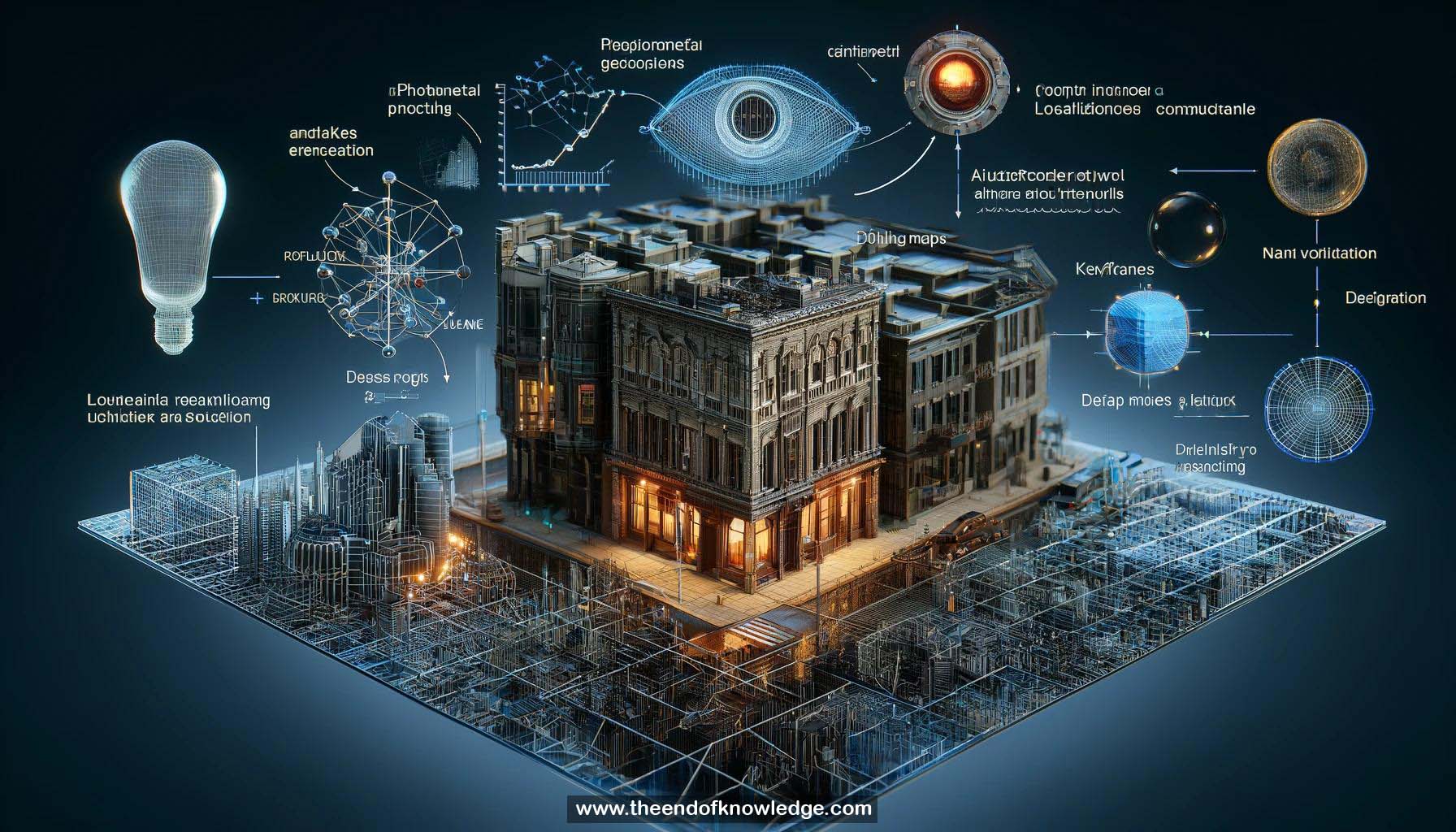 >
>
Concept Graph & Resume using Claude 3 Opus | Chat GPT4o | Llama 3:
Resume:
1.- CodeSLAM: A deep learning and SLAM (Simultaneous Localization and Mapping) system using depth map representations.
2.- Sparse vs. dense SLAM representations: Sparse methods use key points; dense methods use point clouds, TSDFs, voxel grids, or meshes.
3.- Depth maps live on a subspace of all possible pixel values and have structural correlation with images.
4.- Autoencoder network: Encodes depth maps using image features to improve reconstruction and output uncertainty.
5.- Depth from monocular prediction: The network can modulate depth predictions using the code.
6.- Training: Used CNET dataset, Laplacian loss, Adam optimizer, and trained end-to-end from scratch.
7.- Code size: Diminishing returns with increased size; settled on 128 dimensions.
8.- Linear decoder and grayscale images: No gain from using RGB or nonlinear decoders.
9.- Predicted uncertainty: Highlights depth discontinuities in the depth map.
10.- Linear decoding: Depth is a function of code and image, split into zero code prediction and linear code term.
11.- Jacobian: Derivative of depth with respect to code is constant for a given image.
12.- Spatially smooth code perturbations: Perturbing a single code entry results in smooth depth changes.
13.- Keyframe-based SLAM: System uses pose and code variables for each keyframe.
14.- Dense bundle adjustment: Pairs keyframes, warps images using depth and relative pose, and minimizes photometric error.
15.- Joint optimization of pose and codes: A novel approach in dense SLAM.
16.- Optimization results: Photometric error decreases, and good reconstructions are achieved on CNET dataset.
17.- Speed: Iterations at 10 Hz, boosted by pre-computing Jacobians due to linear decoder.
18.- Real-world testing: Applied on New York dataset, jointly optimizing 10 frames.
19.- Visual odometry system: Tested on NYU dataset with a sliding window of 5 keyframes.
20.- Simple system: Only one optimization problem, no special bootstrapping.
21.- Zero code prior: Provides robustness, handling rotational-only motion without baseline.
22.- Future directions: Training on real data using self-supervised costs, closer coupling with optimization.
23.- Network improvements: Exploring different architectures and enforcing more structure.
24.- Demo: Co-author Jan demonstrated a preliminary live system.
25.- Generalization: Zero-code prediction worsens on dissimilar datasets; optimization allows adaptation to different scenes.
Knowledge Vault built byDavid Vivancos 2024